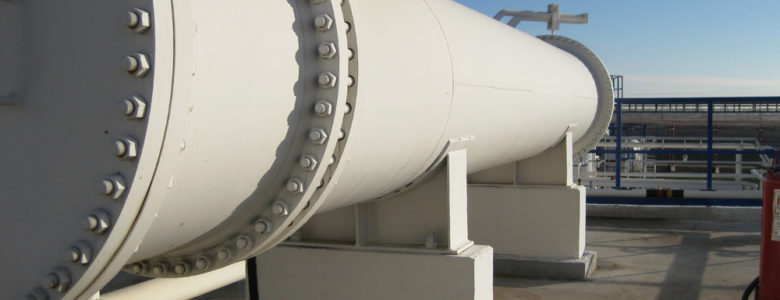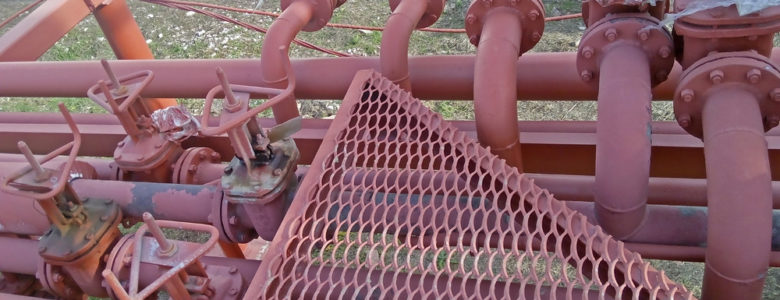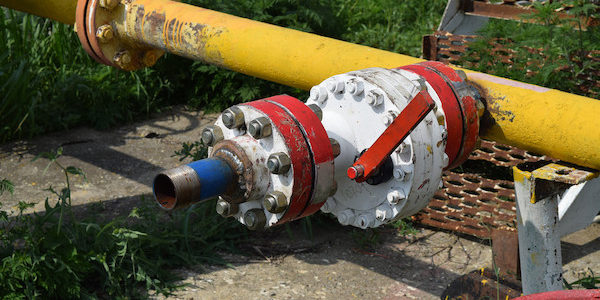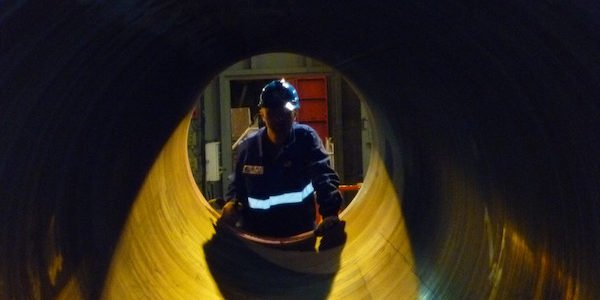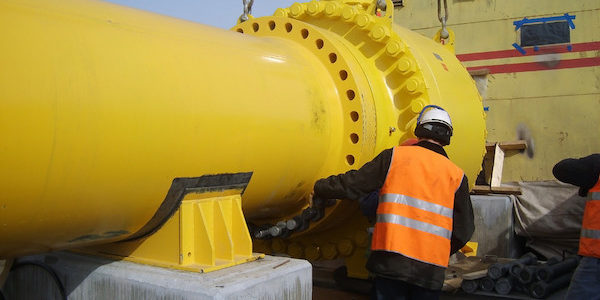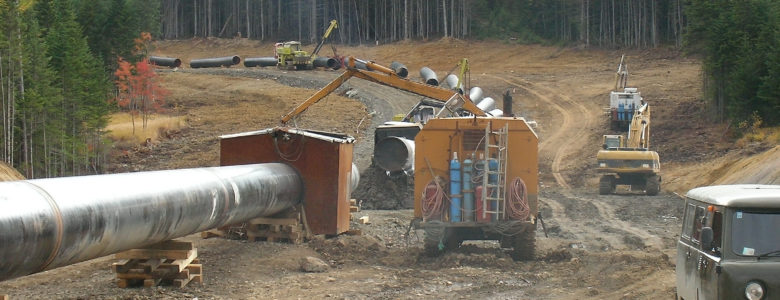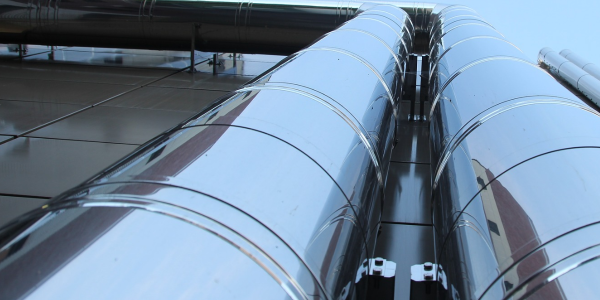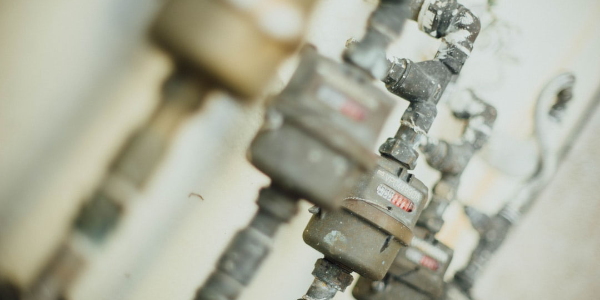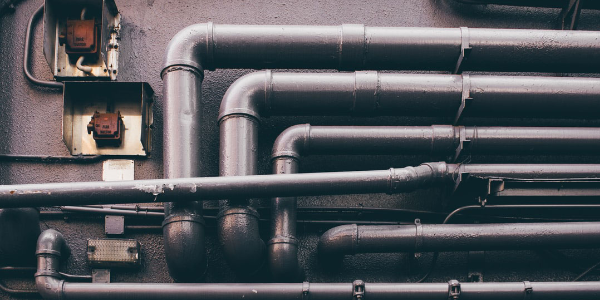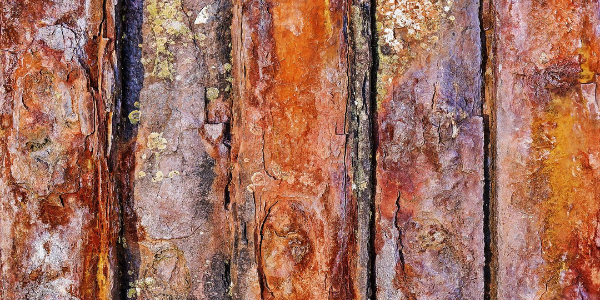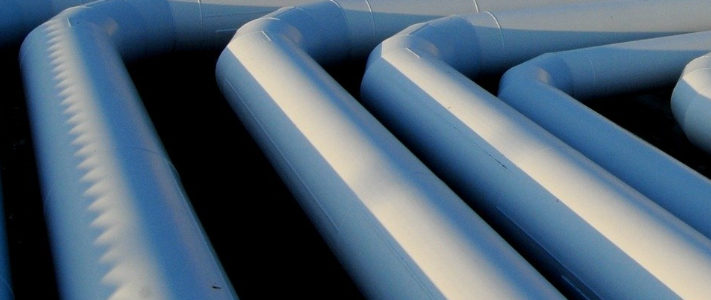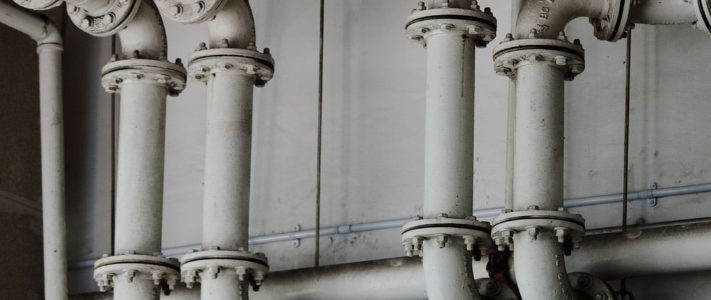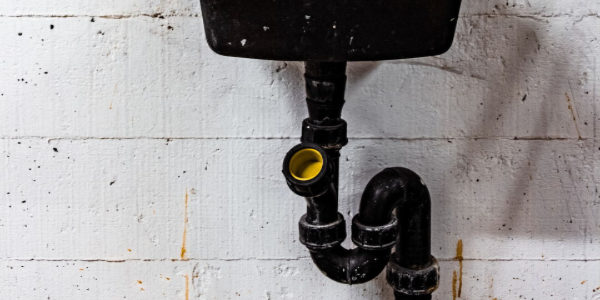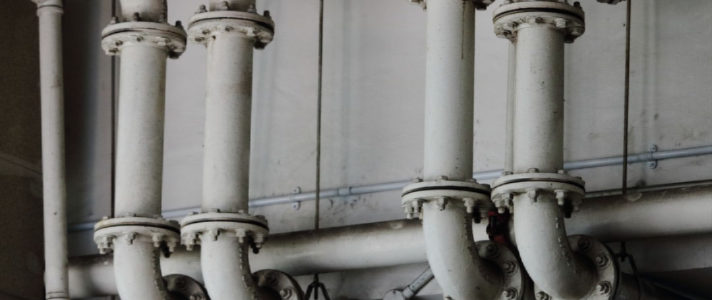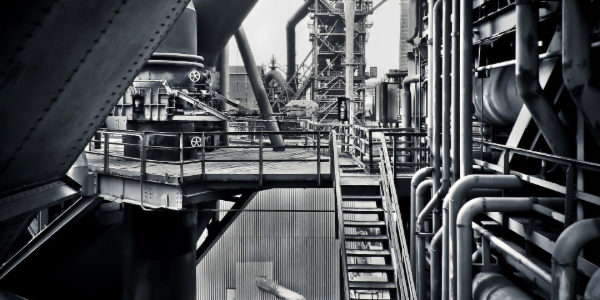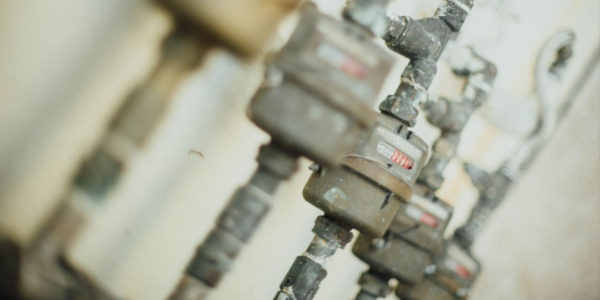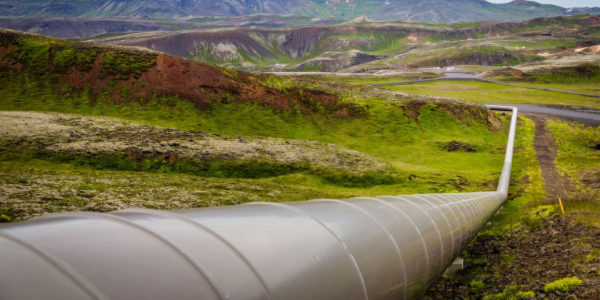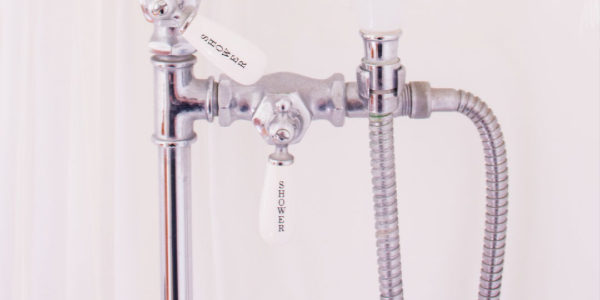There are a lot of forces that threaten the integrity of pipe systems. Some of the forces that present as issues to engineers when designing pipe systems are heat and moisture. To prevent corrosion and wear from destroying your pipe system, you can use pipe wear pads. Wear pads can minimize the rate of corrosion and prevent unnecessary downtimes that come with pipe repairs.
What Is a Wear Pad?
A pipe wear pad is a support that is used to isolate pipes and to minimize metal-on-metal damage. This piece of equipment is made using a composite material that matches the diameter of the external pipe circumference. The pipe wear pad serves as the main contact between the pipe and its support system.
How do Pipe Wear Pads Work?
Even if you cannot see it, your pipes are constantly exposed to a lot of wear, tear, and corrosion. Apart from the financial loss, erosion can weaken pipes which might result in shutdowns and damaged equipment.
Wear Pads Reduce Metal-on-Metal Contact
Any time the metal in the pipes scraps the surrounding systems, there can be damage to either of the pipes in contact with each other. Pipe wear pads prevent this contact from occurring and therefore prevent the following problems:
Galvanic Corrosion
When metals of different compositions come into contact with each other, it can cause an electrochemical reaction known as galvanic corrosion. This reaction can damage metals and lead to ruptured pipes. Wear pads prevent this by acting as a physical barrier that prevents metal-to-metal contact.
Metal-to-metal wear
Even in cases where there are no chemical reactions, each time metals rub together; there will be significant wear that occurs. This is also true for pipes that rest on support beams. With changes in temperature, these pipes will expand and contract, and their outer coating will wear as a result of friction with the surface of the beams. Wear pads prevent this friction, thereby preserving the outer coating of the metal pipes.
They Stop Crevice Corrosion
When pipes move on support beams, the friction can create crevices that will let microbes in. Part of the microbe population includes corrosive bacteria, which can spread to other pipes and weaken them. Wear pads prevent the formation of these crevices by absorbing impact and preventing damage to the underlying pipe’s metal.
Pipes are constantly moving. While you might not notice this movement, it is significant enough to stop damage. Wear pads act as buffers that prevent damage from occurring due to the movement of pipes.


